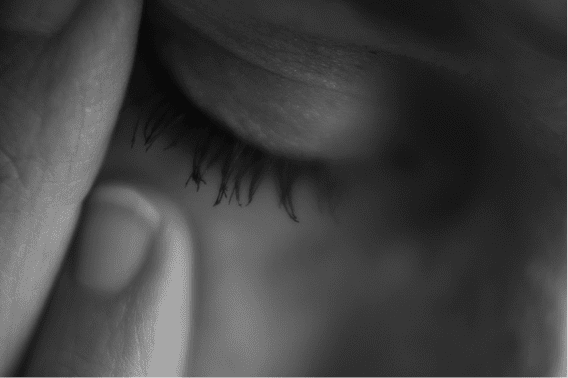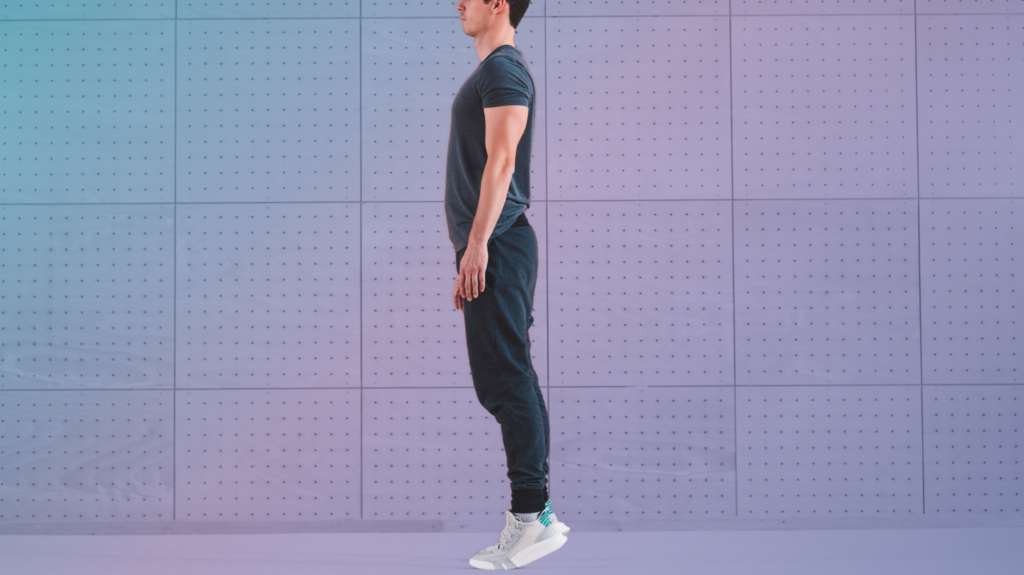Migraine headaches can be a severe and often disabling condition that keeps you from daily life. Although there is currently no cure, what many migraine sufferers don’t know is that physical therapy can help alleviate or stop your pain.
A migraine is a centrally mediated pain disorder, meaning that there is a disruption in the central nervous system involving the nerves and blood vessels, resulting in the pain and symptoms associated with a migraine headache.
Pain relievers affect the central nervous system in an attempt to address the headache, but physical therapy would work the muscles and joints (and therefore the nerves and ganglia) in the peripheral nervous system. How a constant migraine sufferer responds to physical therapy varies, largely due to the extent to which the muscles and joints are involved in his or her migraine. However, there are numerous ways to help lessen the pain.
Patients can be taught how to utilize ice and relaxation to lessen the pain during a headache, both of which can help to reduce the pain of the attack, at least temporarily.
During a migraine a patient may feel tension and discomfort in his or her neck. Although this tension is generally overlooked when compared to the pain of the migraine, stretching exercises can sometimes be useful in alleviating the discomfort.
Patients whose headaches correspond with musculoskeletal problems involving the neck or jaw are some of those most likely to find relief through physical therapy because there are two ways that the muscles and joints in these areas can produce pain in the head.
The first is called referred pain or reflective. This name refers to the perception of pain in an area other than the site of the pain-causing stimulus. Perhaps the best example of referred pain is a heart attack, in which pain in the chest, left shoulder, and left arm can signal a problem with the heart muscle. This is because when the heart muscle is stressed, the pain experienced can be referred into the arm and shoulder. In much the same way, the muscles and joints of the neck can refer pain into the head and trigger a migraine.
The second way in which muscles and joints in the neck can contribute to a migraine headache is by triggering what is called a migraine event. This means that triggers that can include hormone changes in women, foods, sensory stimuli, medications, stress, or others can actually induce the migraine headache. In these patients, the hope is that the trigger for the individual’s migraine problem can be identified and eliminated.
If you experience frequent, immobilizing migraines, consult a physical therapist to see what your treatment options are.
Make an appointment today for your physical therapy consultation! To learn more about different physical therapy techniques and what our certified Physical therapists can do for you check out the Foothills blog.
Image: r. nial bradshaw
Physical Therapy Can Alleviate Migraines




